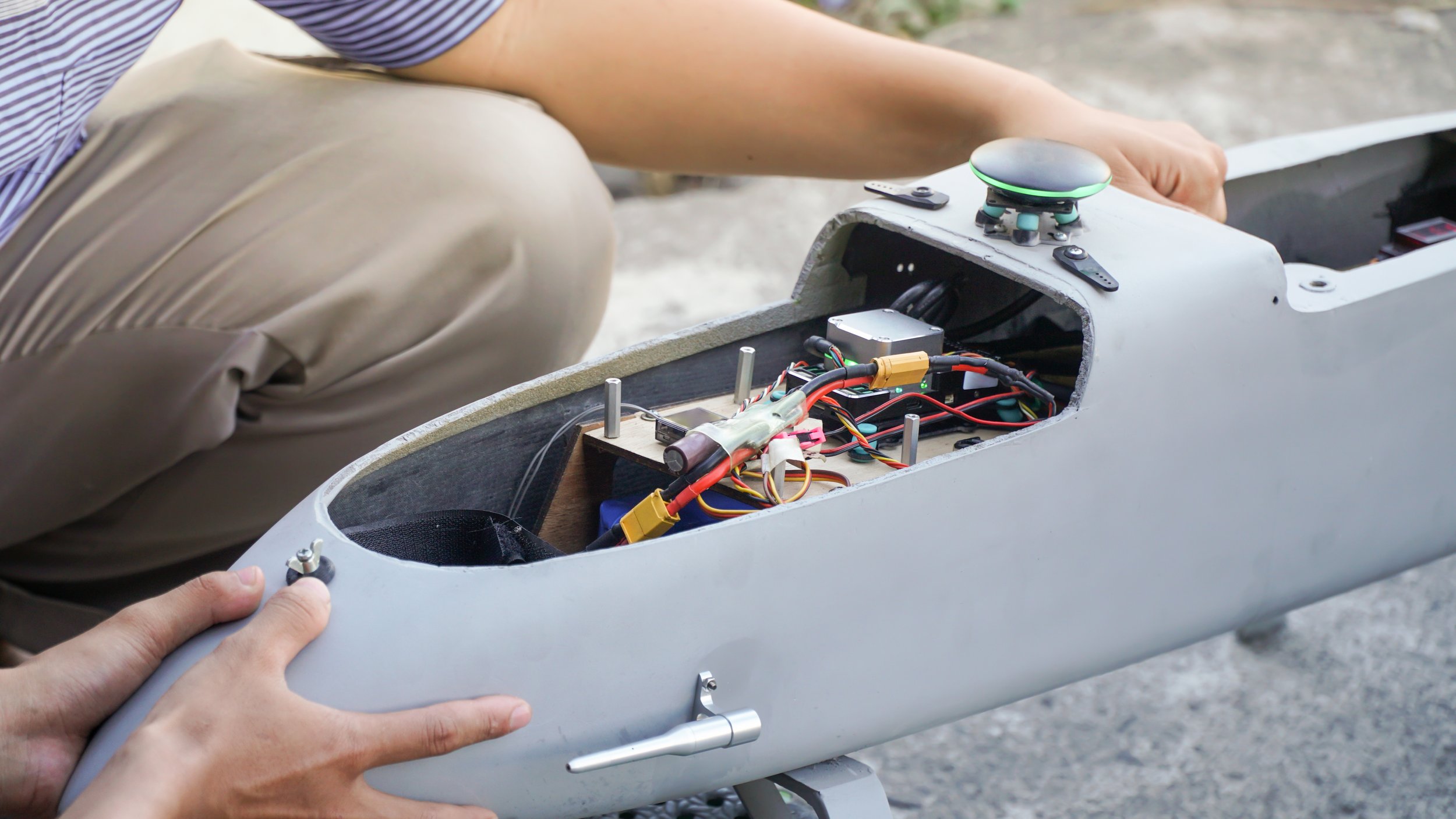Cable Harness
In today's high-performance electronic systems, the integration of cable harness assemblies with flexible circuits delivers a compelling solution for complex interconnect needs. This hybrid approach offers a wide range of advantages across industries such as medical, aerospace, automotive, industrial automation, and consumer electronics.
Cable harness assemblies integrated with flexible circuits deliver an optimal blend of electrical, mechanical, and thermal performance. They enable innovative product designs, improve system reliability, and reduce overall cost and time-to-market. As electronic systems continue to evolve toward miniaturization and higher complexity, this hybrid solution offers a proven pathway to meet tomorrow’s interconnect challenges.
Advantages
Compact and Lightweight Design: Combining cable assemblies with flexible circuits enables the consolidation of multiple discrete wires, connectors, and rigid boards into a single streamlined interconnect solution. This integration significantly reduces bulk, weight, and space requirements—critical in applications with tight packaging constraints such as wearable medical devices, UAVs, and surgical instruments.
Enhanced Electrical Performance: Flexible circuits offer controlled impedance, reduced inductance, and superior signal integrity compared to traditional wire harnesses. When integrated into cable assemblies, they support high-speed data transmission, low EMI/RFI emissions, and minimal signal loss—vital for digital imaging, sensor arrays, and RF applications.
Greater Design Flexibility: Flexible circuits can be designed to follow 3D contours and fit irregular geometries that traditional wiring cannot accommodate. When used in cable harnesses, this allows engineers to create more complex mechanical assemblies and route signals efficiently through constrained environments without compromising performance.
Increased Reliability and Durability: The integration reduces the number of solder joints and mechanical interconnects, which are common points of failure in traditional cable assemblies. Flexible circuits also absorb mechanical stress and vibration better, enhancing durability in dynamic environments such as automotive engine compartments or aerospace systems.
Simplified Assembly and Reduced Manufacturing Time: By combining multiple functions into a single integrated component, cable assemblies with flex circuits reduce the need for manual wiring, testing, and troubleshooting. This simplification not only improves consistency and quality but also shortens production cycles and reduces labor costs.
Customization and Modular Integration: These assemblies are highly customizable, supporting a wide range of connector types, shielding options, and component embedding (e.g., resistors, sensors). Modular designs can also facilitate easier maintenance and upgrades, especially in mission-critical applications.
Improved Thermal Management: Flexible circuits offer better heat dissipation than bundled wire harnesses due to their thin, planar geometry. This can be crucial in high-power applications or environments where thermal buildup must be minimized to ensure system longevity and stability.
Common Applications
Aerospace and Aviation: Harnesses are used to manage complex wiring for avionics, communications, navigation, and flight control systems. They reduce weight (critical in aviation), increase safety, and resist harsh environmental conditions.
Automotive: Virtually every vehicle contains multiple harnesses, connecting power and signal between components like lights, sensors, ECUs, infotainment systems, and safety systems (e.g., airbags).
Industrial Machinery: Used in CNC machines, robotics, packaging equipment, and conveyors, simplifying the assembly and servicing of large machinery by pre-organizing cables for power, signal, and control.
Medical Devices: Used in imaging systems (e.g., MRI, CT), diagnostic equipment, surgical tools, and hospital beds.







